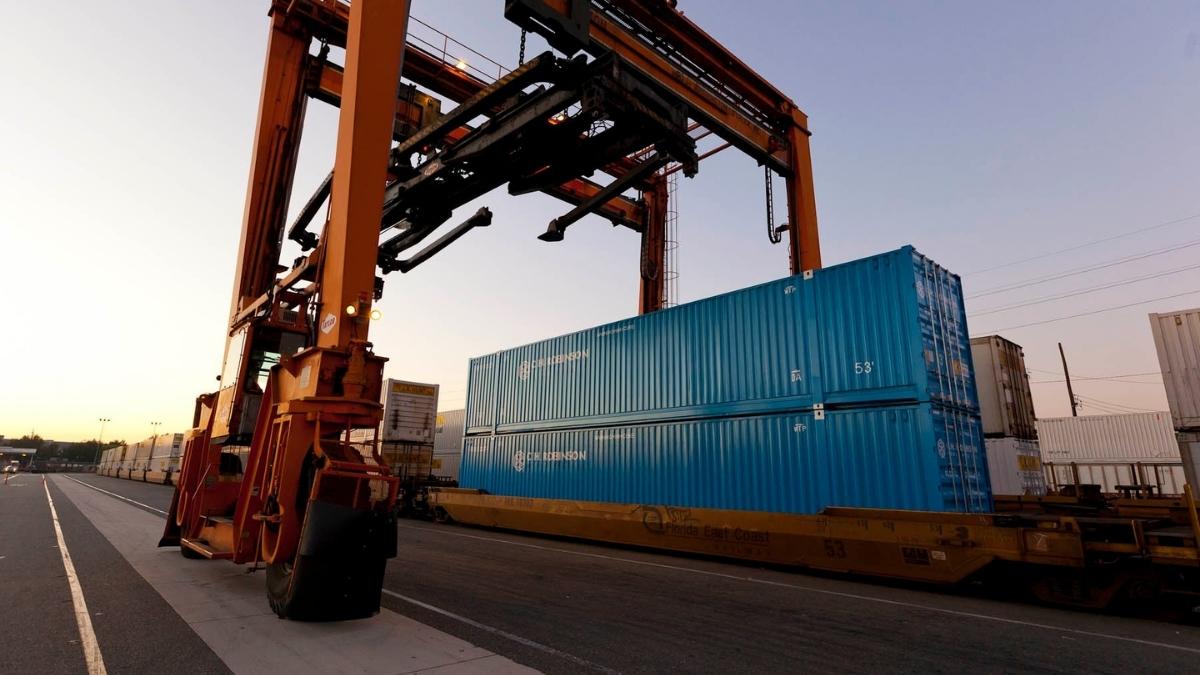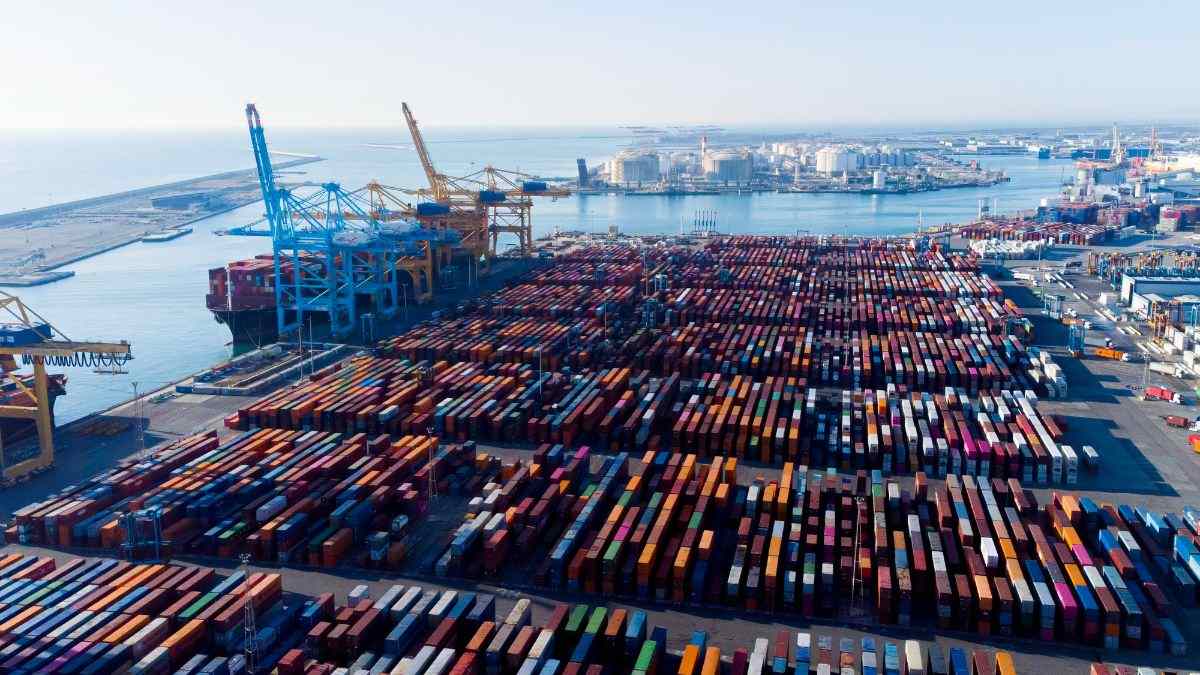
As global trade dynamics continue to evolve, supply chain decision makers must stay ahead of policy shifts that could influence operational strategies. One such development is the upcoming implementation of Section 301 maritime fines, effective October 14, targeting Chinese-built container ships calling on U.S. ports.
While this upcoming action has sparked plenty of conversation across the supply chain, shippers should know its direct impact on ocean freight rates may be less significant than anticipated. Here’s why:
Carrier flexibility and fleet diversification
The structure of the new maritime policy shift is intricate and layered with variables that many steamship lines are already positioning themselves to navigate. These aren’t blanket penalties that hit every carrier equally; rather, they vary based on fleet composition and vessel origin.
Because many ocean carriers already have diversified fleets with vessels built in a variety of countries, they have the flexibility to adjust ship deployment to reduce or potentially avoid the fines entirely. In some cases, this may mean rotating vessels or shifting service patterns to minimize financial exposure.
This agility in fleet management will help many carriers avoid the brunt of the fines and, in turn, may dampen any direct impact of these fines on ocean rates. This flexibility mirrors the sourcing hierarchy model that we’re helping many shippers adapt in today’s trade environment, aimed at building more agile, resilient supply chains for the long haul.
Main drivers behind ocean freight rates
If the impact of new maritime fines on ocean rates proves less significant than anticipated, it raises the question of which factors will exert greater influence. Because ocean carriers are likely to mitigate some effects of the new fines through strategic fleet management, traditional market fundamentals are expected to continue to guide rate trends, including:
- Capacity
- Inventory levels
- Consumer demand
- Port congestion
While these fundamentals remain central to influencing rates, keep in mind broader forces such as geopolitical developments, labor market conditions, and evolving trade flows also play a critical role in shaping the freight landscape. These factors directly affect the drivers listed above and can either amplify or offset their impact.
Looking beyond rates: strategic implications for shippers
To prepare for these changes, shippers need to look beyond just potential ocean rate changes and consider the broader implications of these maritime policies. Such policies can affect equipment availability, scheduling reliability, and carrier service offerings which may very well impact capacity deployments. For instance, if carriers rework vessel schedules in response to regulatory shifts, service disruptions or delays may follow, not just in ocean shipping but across ocean ports and inland transportation—similar to what occurred during the recent alliance reshuffle. However, if demand is down, the impact will be limited.
Keep in mind, sourcing shifts by shippers, primarily driven by tariffs, will also affect how carriers support current markets, shifting their capacity to new areas of demand. For example, Asia-Europe saw a 10-12% increase in volume when trade softened between China and North America due to tariff changes.
These nuances underscore the importance of viewing freight not as a transactional necessity, but as a strategic lever within your business. As tariff-related developments unfold, staying informed and prepared will help shippers stay ahead of change. Monitoring market trends, regulatory updates, and carrier strategies will be essential when assessing impacts on contracts or shipments.
Questions on how these shifts might affect your operations? Our team is here to help.





